A valentine card is more than just a piece of paper; it's a tangible expression of affection, a keepsake that carries with it the warmth of someone's feelings. In a world where digital communication is ubiquitous, the personal touch of a valentine's day card stands out, offering a unique and heartfelt way to convey love and affection on this special day.
Types and Characteristics of Valentine Cards
The variety of valentine cards available is vast, with each type catering to different expressions of love. From the traditional st valentine's day cards adorned with hearts and cupids to funny valentines day cards that bring humor to the occasion, the characteristics of these cards are as diverse as the sentiments they express. Childrens valentines day cards often feature popular cartoon characters and playful designs, while humorous valentine cards might include witty one-liners or puns that add a light-hearted touch to the day. The choice of card can reflect the depth and personality of the relationship, making the selection process a personal and thoughtful endeavor.
Structure and Components of Valentine Cards
The structure of a valentine card can be as simple as a single-fold piece of high-quality paper or as complex as a multi-layered, 3D pop-up. The components may include a front cover with thematic designs, a heartfelt message inside, and space for a personal note. Some cards incorporate interactive elements like removable inserts or stickers, while others might have layers that unfold to reveal hidden messages or images. The operation of these components together creates an engaging experience for the recipient, making the act of opening the card as memorable as the message it conveys.
Materials and Their Properties
The choice of materials for valentine cards is critical, as it not only contributes to the card's aesthetic appeal but also its durability and tactile experience. Art paper, with its smooth finish, is ideal for vibrant color reproduction, while coated paper provides a glossy sheen that enhances visual impact. Kraft paper is favored for its rustic charm and environmental benefits, being both recyclable and biodegradable. The properties of these materials, such as weight, texture, and finish, are carefully considered to match the design and purpose of the card, ensuring that each valentine birthday card feels as special as the message it carries.
Business Usages and Applications
In the business realm, valentine cards serve as more than just tokens of personal affection; they are tools for customer engagement, brand loyalty, and marketing. Companies often use greeting cards for valentine's day as part of their promotional activities, sending them to clients to strengthen business relationships. In industries such as hospitality or retail, these cards can be part of welcome gifts or loyalty rewards, adding a personal touch that enhances the customer experience. The business value created by these cards lies in their ability to forge a personal connection, making customers feel valued and appreciated.
Functions and Tasks of Valentine Cards
The primary function of a valentine card is to convey a message of love, appreciation, or friendship. However, beyond this, they can serve specific tasks such as announcing a special date, accompanying a gift, or even acting as a keepsake. Some cards are designed to be displayed, functioning as a decorative reminder of a loved one's affection, while others might include interactive elements that engage the recipient in a small activity or game.
Features and Unique Selling Points
The distinct features of valentine cards are what set them apart in a crowded market. Unique selling points could include handmade elements, personalized content, or the inclusion of sustainable materials. For instance, a valentine's day birthday card that doubles as a photo frame becomes a dual-purpose gift, while a card with seed paper can be planted after use, symbolizing the growth of love. These features not only add to the appeal of the cards but also provide additional value to the recipient.
Benefits and Positive Outcomes
The benefits of sending a valentine card extend beyond the immediate joy it brings. It can rekindle feelings, bridge distances, and serve as a lasting reminder of a special moment or period in a relationship. For the sender, the act of choosing and sending a card can be a meaningful expression of their emotions, while for the recipient, it can be a source of comfort and happiness. The positive outcomes of this exchange contribute to the enduring popularity of valentine greeting cards.
How do I select the perfect Valentine card for my needs?
Selecting the perfect valentine card involves considering the recipient's tastes and the message you want to convey. Whether it's a simple and elegant design for a traditional individual or a hilarious valentines day card for someone with a great sense of humor, the key is to match the card to the personality and the occasion. Additionally, consider the material and the quality of printing, as these can greatly enhance the card's impact and longevity.
What are the latest trends in Valentine card designs?
The latest trends in valentine's day cards include 3D elements, interactive features, and personalized details. Handmade cards or those with unique printing techniques like embossing or foil stamping are particularly popular. Designs that incorporate contemporary graphics or typography are also on the rise, appealing to a modern aesthetic while still conveying the timeless message of love and affection.
How can I ensure my Valentine card stands out?
To ensure your valentine card stands out, look for unique features such as custom artwork, unusual shapes, or textures that engage the sense of touch. Consider cards that offer a personal touch, such as the ability to include a handwritten note or a photo. Additionally, choosing a card with a striking design or an unexpected element, like a pop-up feature or a playful pun, can make your card memorable.

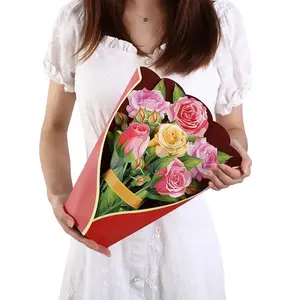



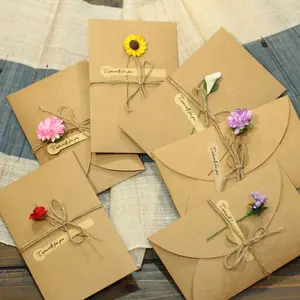


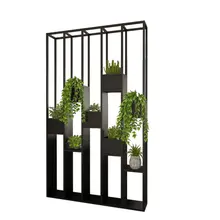
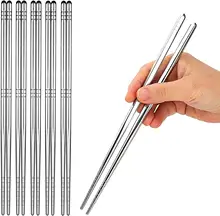

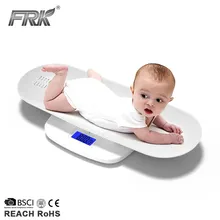
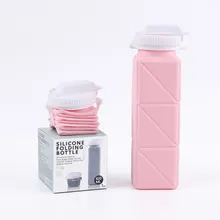

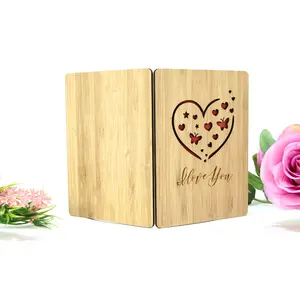






















 浙公网安备 33010002000092号
浙公网安备 33010002000092号 浙B2-20120091-4
浙B2-20120091-4